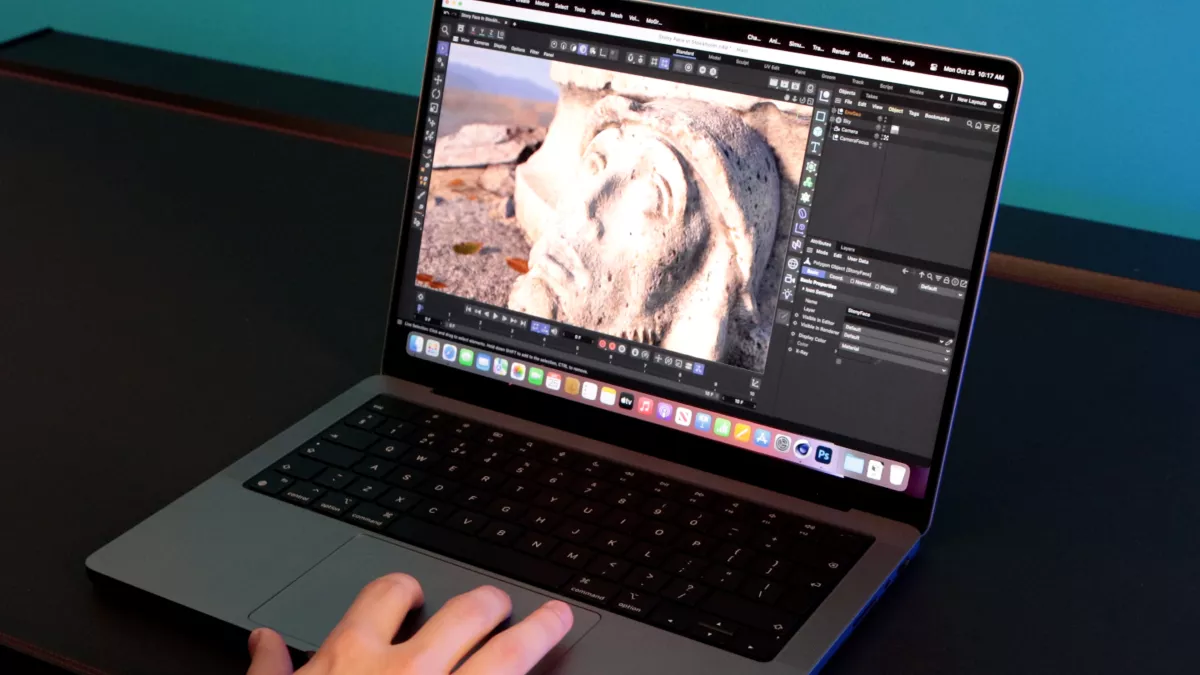Securing our homes and properties is a top priority, and burglar alarms play a crucial role in keeping us safe. But have you ever wondered how these alarms work to protect us from intruders?
In this guide, we’ll unravel the mystery behind burglar alarms, exploring the mechanisms that make them effective guardians of our homes.
Let’s get right into it.
Table of contents
How Does Burglar Alarms Work?
Burglar alarms function as a protective shield for our homes, using various technologies to detect and deter potential intruders. Here’s a breakdown of how these security systems work:
Detection Sensors:
Types of Sensors: Burglar alarms use different types of sensors to detect unauthorized entry. Common sensors include motion detectors, door/window sensors, and glass break detectors.
Motion Sensors: These sensors detect movement within a designated area. They can use infrared or microwave technology to sense changes in heat or movement.
Triggering the Alarm:
When a sensor detects unusual activity, it triggers the alarm system. For example, if a motion sensor senses movement or a door/window sensor detects an opening, the alarm is activated.
Check out: How to Repair Small Appliances: Full Tips and Guidelines
Siren or Alarm Activation:
Once triggered, the burglar alarm responds with a loud siren or alarm. The purpose of the audible alert is twofold: to scare off intruders and to notify occupants or neighbors that a potential security breach has occurred.
Communication and Monitoring:
In more advanced systems, the alarm signal can be communicated to a central monitoring station. This is often done through a dedicated phone line, cellular connection, or internet connection. Monitored systems enable swift response, as security professionals can assess the situation and take appropriate action.
Smart Technology Integration:
Modern burglar alarms may feature smart technology integration. This can include surveillance cameras, doorbell cameras, and mobile apps that allow homeowners to monitor their property remotely. Smart alarms provide real-time alerts and the ability to view camera feeds from anywhere.
Read also: Painter’s Tape vs. Masking Tape: What’s the Difference?
Deterrent Effect:
Beyond detection and notification, the visible presence of burglar alarms serves as a deterrent. Knowing that a property is equipped with a security system can discourage potential intruders from attempting unauthorized entry.
Pet-Friendly Features:
Some burglar alarms are designed with pet-friendly features. Motion sensors can be calibrated to ignore the typical movements and sizes of pets while still detecting human-sized intruders, reducing the likelihood of false alarms.
Check out: Ultimate Guide to Low-flow Toilets
What happens when a burglar alarm is triggered?
When a burglar alarm is triggered, a series of events is set in motion to deter intruders and alert occupants or authorities. The primary response to a triggered burglar alarm is the activation of a loud siren or alarm. This sudden and attention-grabbing sound serves as an immediate deterrent, potentially scaring off intruders and alerting anyone in the vicinity to the potential threat.
Some burglar alarms are equipped with visual indicators, such as flashing lights or strobes, to complement the audible alarm. These visual signals help draw attention to the property and make it clear that the alarm has been activated.
In residential settings, the audible alarm serves to notify occupants within the property that a potential security breach has occurred. This gives residents an opportunity to take appropriate action, such as seeking safety or contacting authorities.
In monitored alarm systems, the triggered alarm signal is sent to a central monitoring station. Trained security professionals at the monitoring station receive real-time alerts and can assess the situation. Depending on the circumstances, they may take immediate action, such as contacting the homeowner or dispatching local authorities.
In modern burglar alarm systems with smart technology integration, homeowners may receive immediate notifications on their smartphones or other devices. This allows them to remotely monitor the situation and take appropriate action, such as contacting the authorities or viewing security camera feeds.
See also: Top 24 inspirational sports movies of all Time
Are all burglar alarms the same?
No, not all burglar alarms are the same. Burglar alarm systems come in various types, configurations, and technologies, offering different features to cater to diverse security needs. The major differences are-
Components and Sensors:
- Basic Alarms: Some systems include simple components like door/window sensors and audible alarms. When a door or window is opened, the alarm is triggered.
- Advanced Alarms: More sophisticated systems may incorporate a range of sensors, including motion detectors, glass break detectors, and environmental sensors for smoke or carbon monoxide detection.
Monitoring Services:
- Unmonitored Alarms: Basic systems may not be connected to a monitoring service. In these cases, the audible alarm goes off, but there is no automatic communication with a central monitoring station or emergency services.
- Monitored Alarms: Advanced systems can be connected to a central monitoring station. When the alarm is triggered, the monitoring station receives real-time alerts and can take appropriate action.
Smart Technology Integration:
- Non-Smart Alarms: Traditional alarms rely solely on local components and may not have smart technology features. They typically include physical keypads or control panels for arming and disarming.
- Smart Alarms: Modern burglar alarm systems often integrate with smart home technology. These systems may include features like remote monitoring through mobile apps, compatibility with voice assistants, and integration with other smart devices in the home.
Surveillance Cameras:
- Without Cameras: Basic systems may not include surveillance cameras. They rely solely on sensors to detect intruders and trigger alarms.
- With Cameras: Advanced systems often incorporate surveillance cameras for visual verification. These cameras can record footage and provide real-time video feeds, enhancing security and aiding in the identification of potential intruders.
The variety in burglar alarm systems allows homeowners to choose a solution that aligns with their specific security requirements.
See also: How Selling a House Works | What to Know Before Selling
Can pets trigger burglar alarms with motion sensors?
Yes, pets can potentially trigger burglar alarms with standard motion sensors, leading to false alarms. Traditional motion sensors are designed to detect any movement within their designated area, and they may not distinguish between the movement of a pet and that of a potential intruder. When a pet moves within the sensor’s range, it can cause the alarm to be activated.
To address this issue and prevent false alarms caused by pets, some burglar alarm systems offer pet-friendly or pet-immune motion sensors. These sensors are designed to recognize the typical movements and sizes of pets while still effectively detecting human-sized intruders. Pet-friendly motion sensors use specific technologies and settings to minimize the likelihood of triggering an alarm when pets are present.
If you have pets and are considering a burglar alarm system, it’s advisable to inquire about pet-friendly sensor options. These sensors can help maintain the effectiveness of the alarm system while minimizing the inconvenience of false alarms caused by the normal activities of household pets.
When discussing your security needs with a professional alarm system provider, be sure to mention the presence and size of your pets so that they can recommend appropriate motion sensor solutions for your specific situation.
Check out: How Smart Windows Work in Homes
Conclusion
Burglar alarms stand as vigilant guardians, employing advanced technology to secure our homes and provide peace of mind. Understanding how these systems work is key to making informed choices for our home security. Whether it’s through motion sensors, door/window alarms, or smart technology, burglar alarms play a crucial role in keeping our homes safe from unauthorized access.
Check out: How to Repair Small Appliances: Full Tips and Guidelines
Frequently Asked Questions
Burglar alarms use various sensors to detect unauthorized entry. Common types include motion sensors, door/window sensors, and glass break detectors. When these sensors detect unusual activity, the alarm is triggered.
When the alarm is triggered, a loud siren or alarm sounds, serving as a deterrent and alerting residents or neighbors to the potential threat. In monitored systems, the alarm signal is also sent to a central monitoring station for immediate response.
No, burglar alarms come in various types and technologies. Basic systems may include door/window sensors, while advanced ones may feature smart technology, surveillance cameras, and integration with mobile apps for remote monitoring.
Motion sensors detect movement within a designated area. They use technologies like infrared or microwave sensors to identify changes in heat or movement. When an intruder crosses the sensor’s field, the alarm is activated.
Some motion sensors are designed to distinguish between the movement of pets and potential intruders. Pet-friendly sensors are calibrated to ignore the typical movements and sizes of pets while still detecting human-sized intruders.
References
- mooreprotection.net– how does burglar alarms work
- britanniaalarms.co.uk– how does burglar alarms work
- fireaction.co.uk– how does a burglar alarm work
- bayalarm.com– how does a business burglar alarms work





